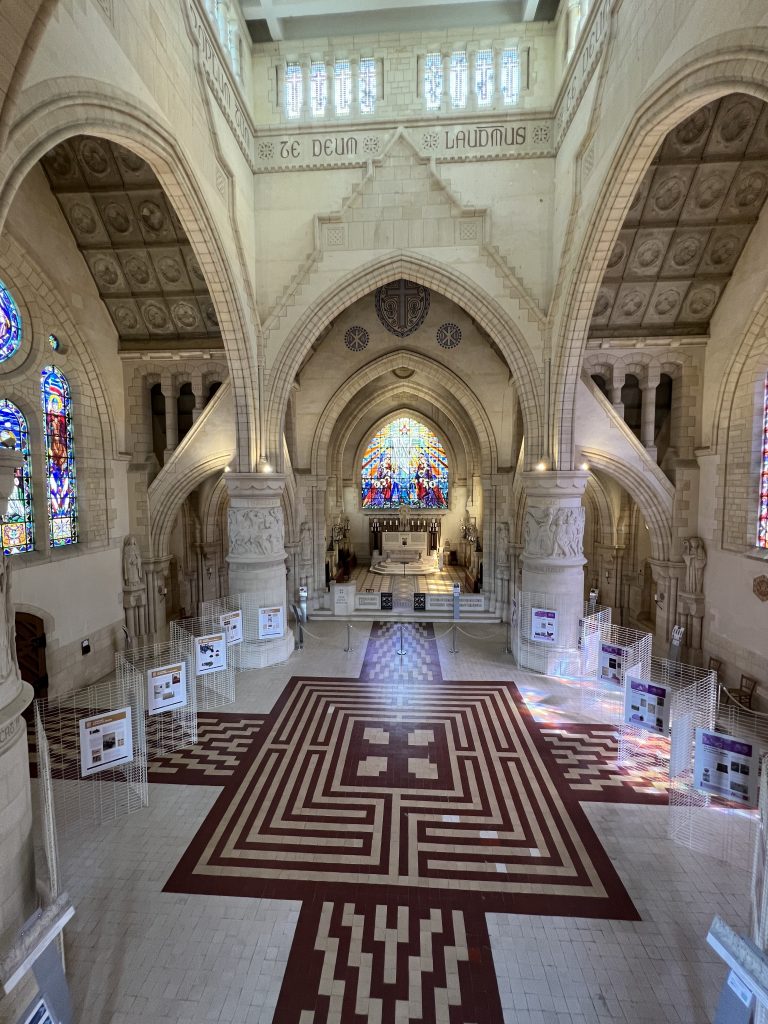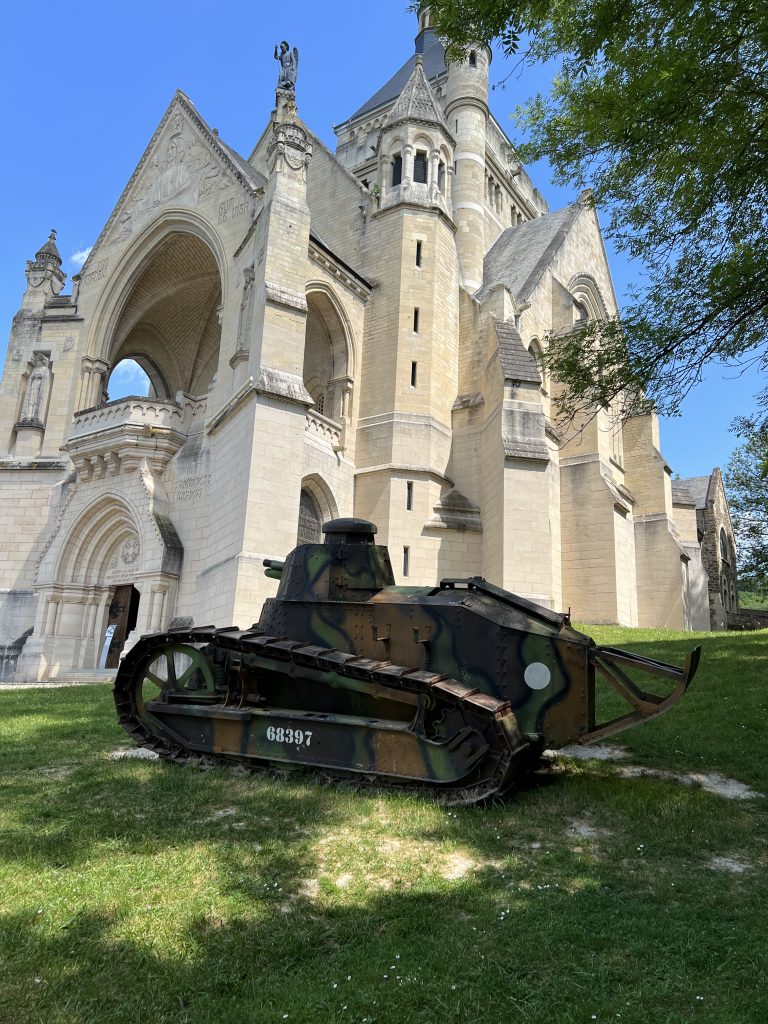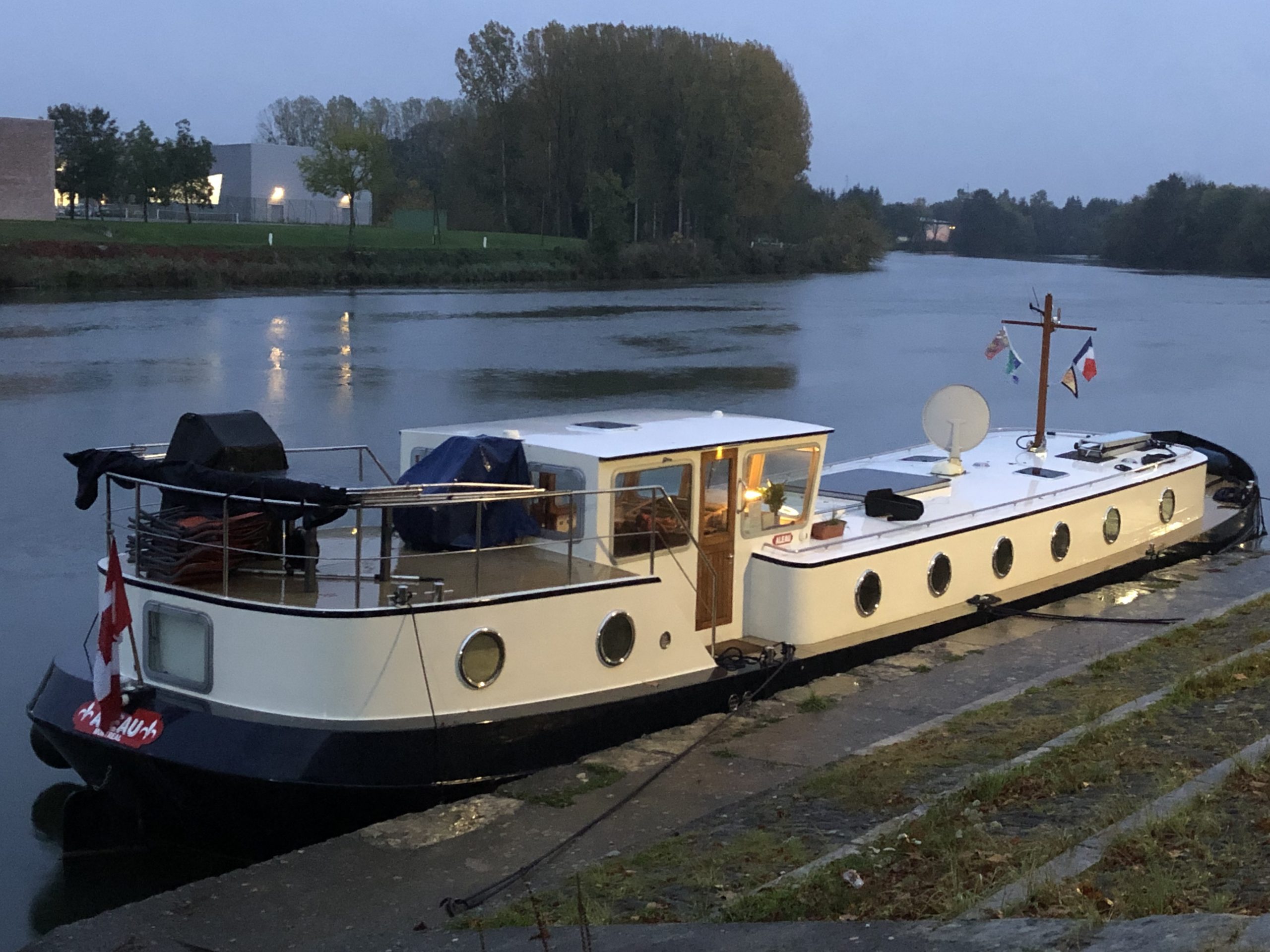The dead engine-start batteries meant we couldn’t go as far as we had hoped on the Marne. We had to turn around and head to Auxerre. The Dutch Barge Association rally was scheduled to be held there July 14th. Going downstream, we would be stopping at many of the places we had visited on our voyage up the Marne – including Dormans.
This time, we saw some sights we had missed on the way up. We found this house with a sundial above its front door. Did the owner have to run outside every time he wanted to know the time? Did he have to reposition it twice a year – in order to “fall back” and “spring ahead?”
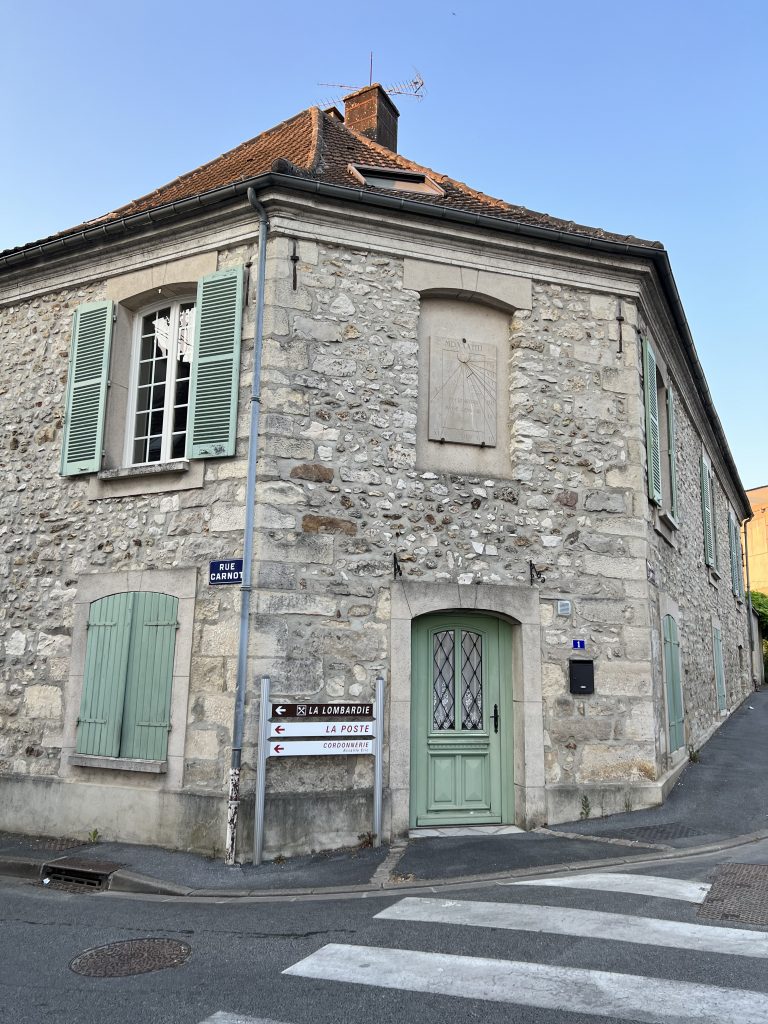
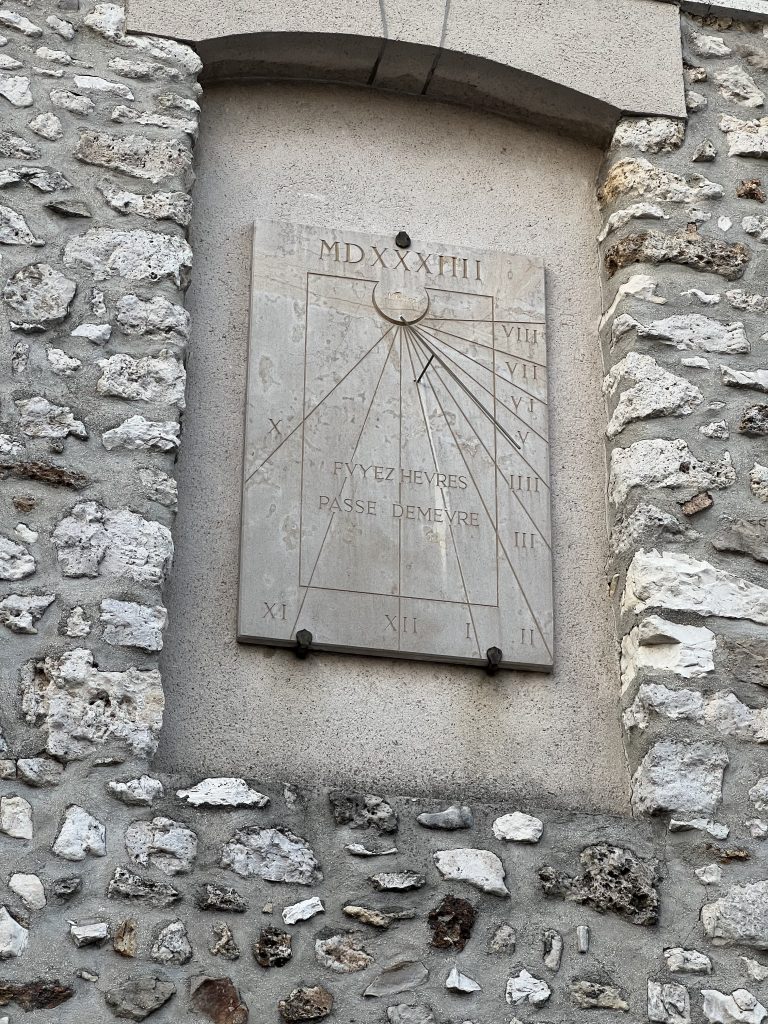
At one point, we looked out Aleau’s window to see a massive fire truck parked a few metres from our wheelhouse.
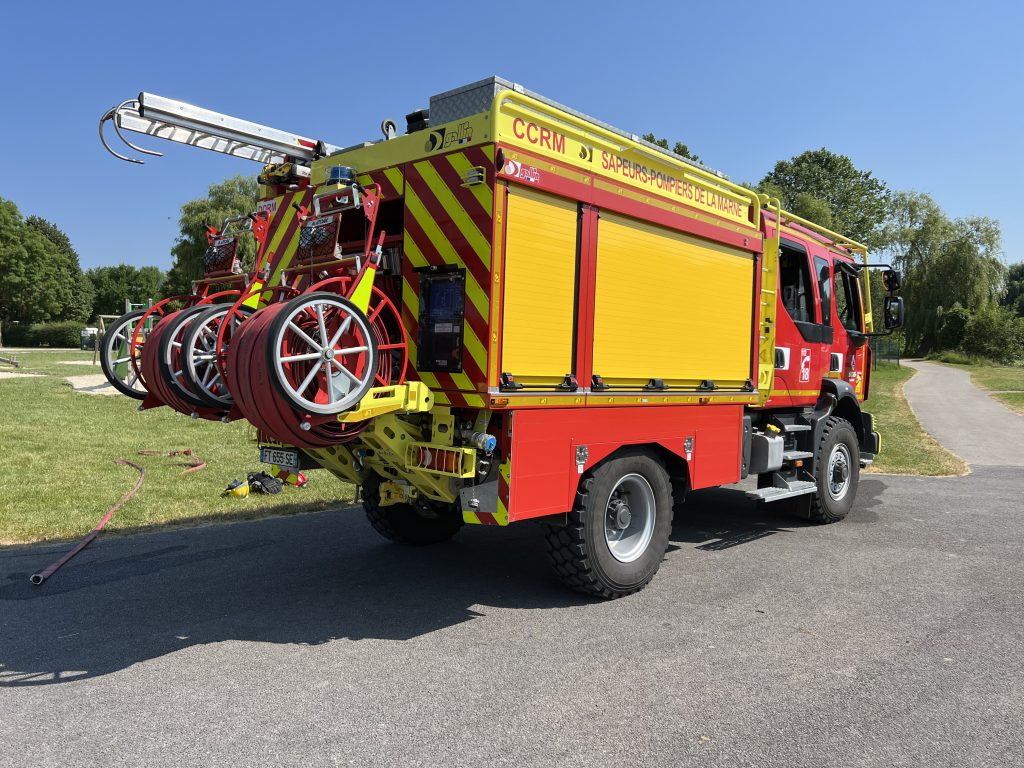
It turned out we had nothing to worry about. The fire department had come in force to practice water rescue.
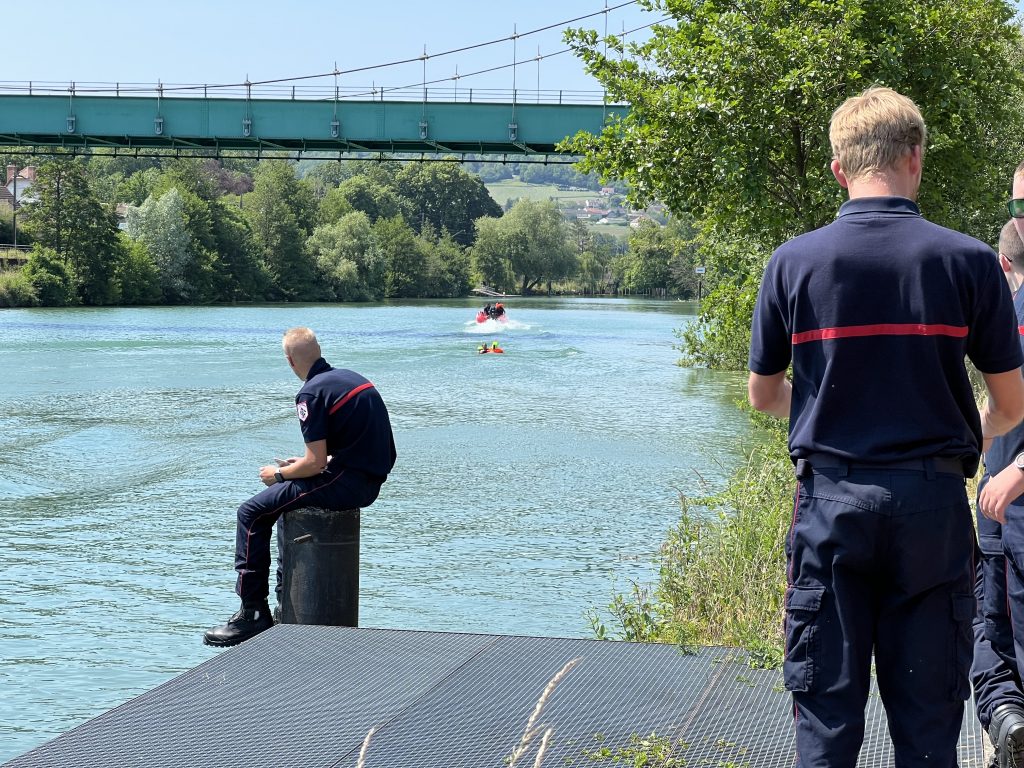
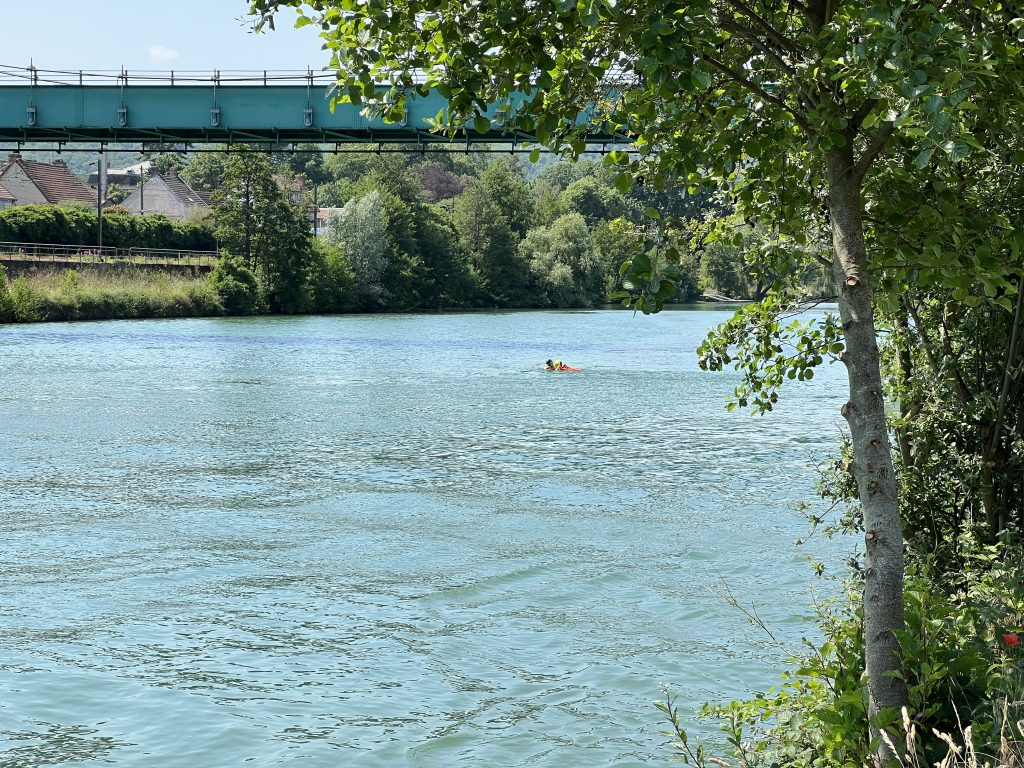
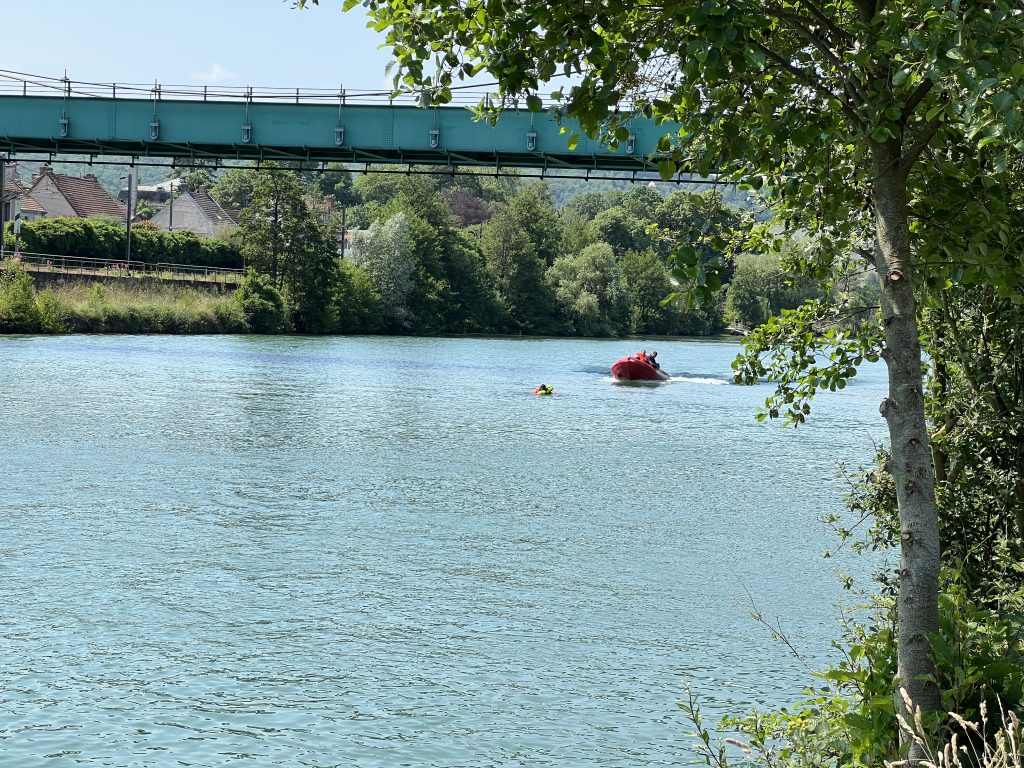
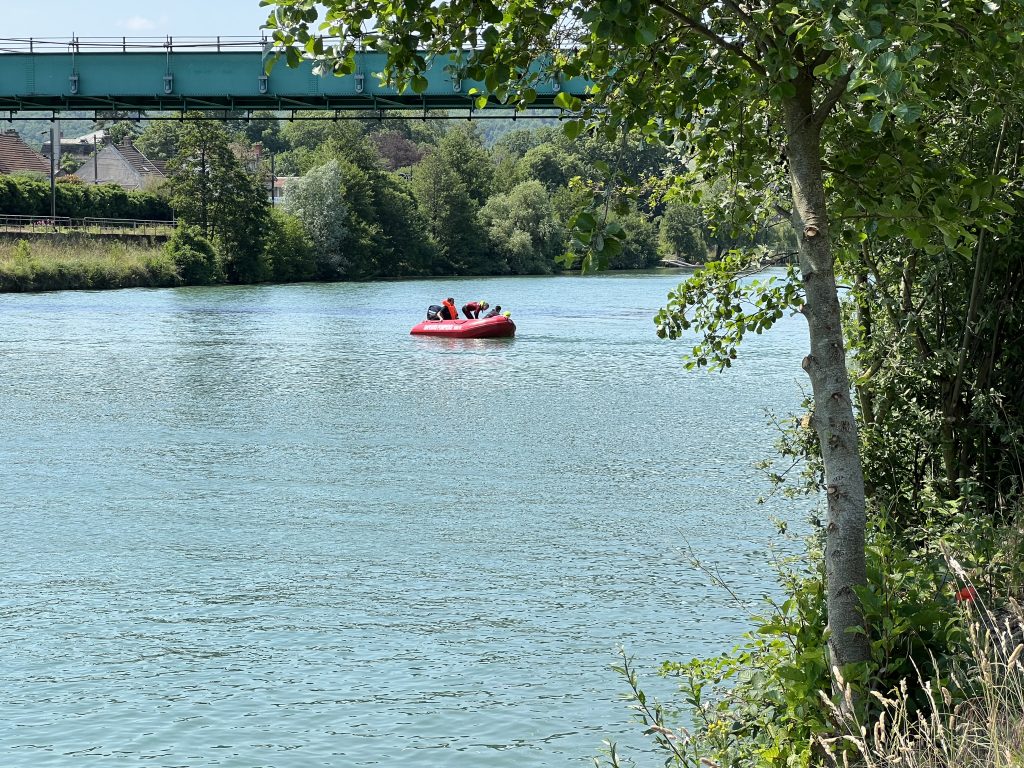
With the dummy safely onboard, the fire department packed up and left.
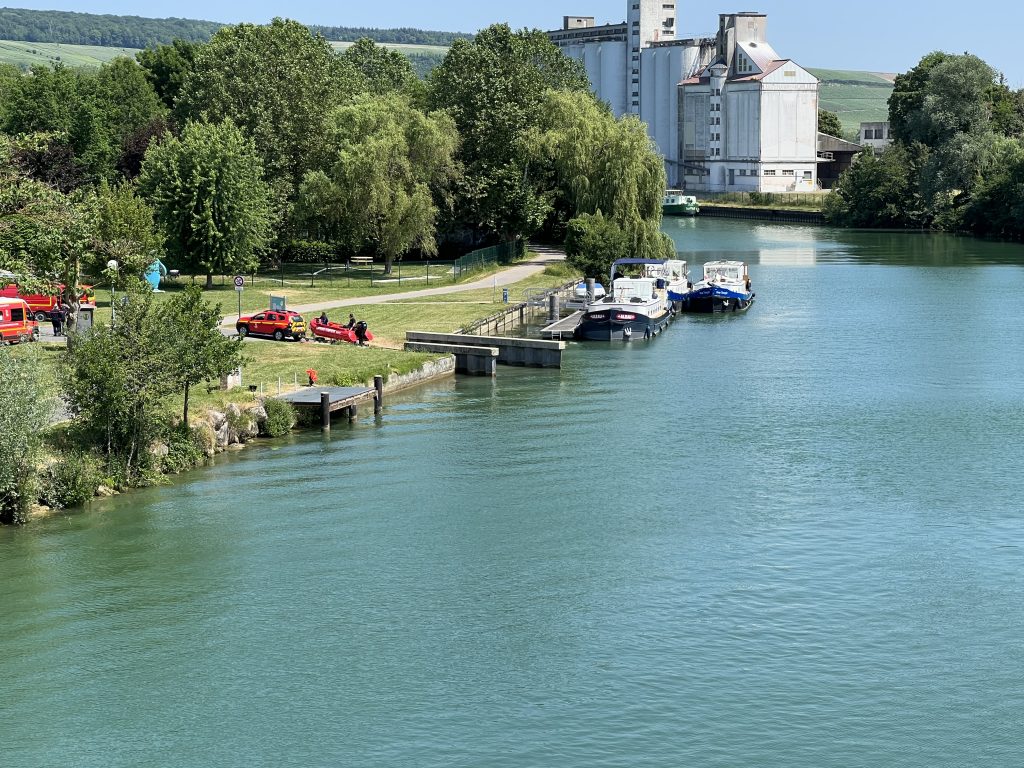
It wasn’t yet time for us to pack up and leave. It was lunch time. In Chapter 200, I mentioned there are two restaurants in Dormans. It was time to try the other one.
Starting with some Champagne. Don’t forget, we’re still in Champagne country. Even the tiny Capitainerie where we were moored sold bottles of Champagne. Not finding Champagne for sale along the Marne would be like not finding a slot-machine in Las Vegas.

We must get hungry before the French. We are always the first to arrive. (All the tables were full by the time we left.) At least we’re never told that what we want is no longer available.

Four ‘amuse-bouche’ were placed in front of us. Two have mysteriously disappeared.
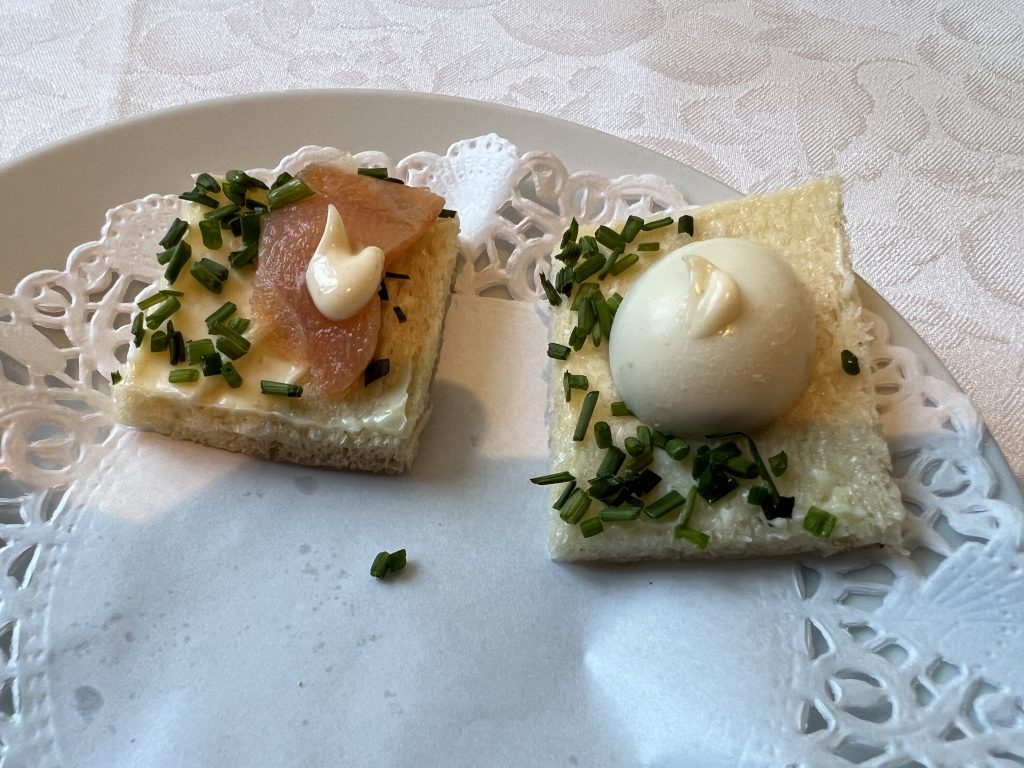
In an unusual turn of events, I have photos of dessert – but not our ‘plats.’
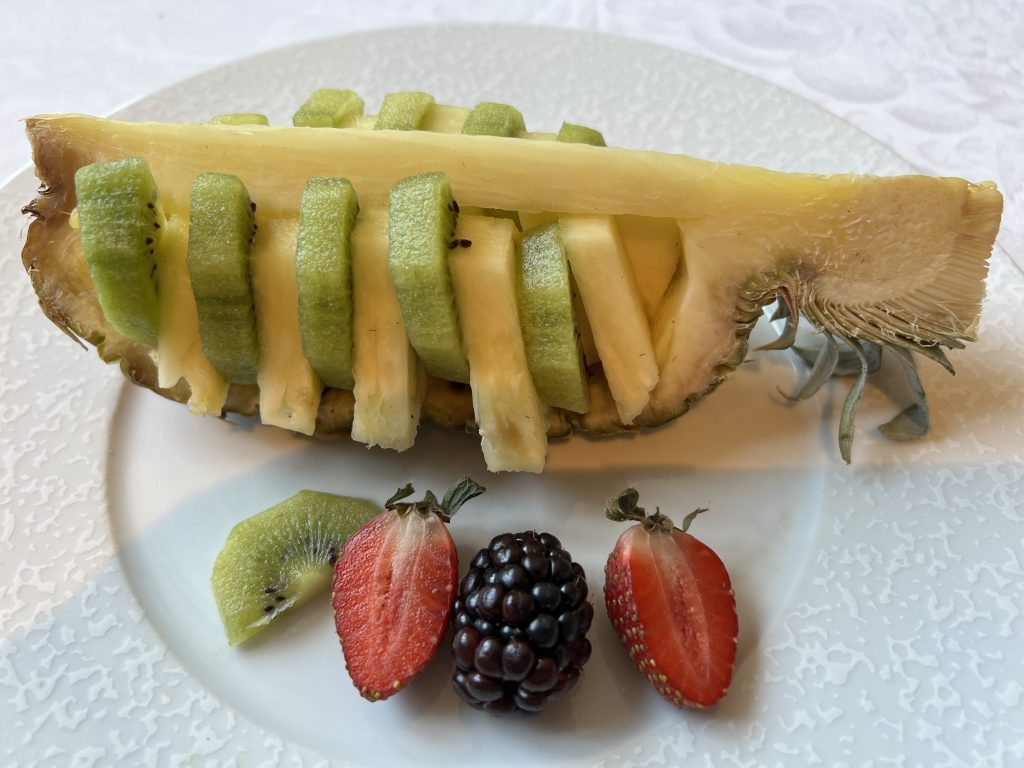
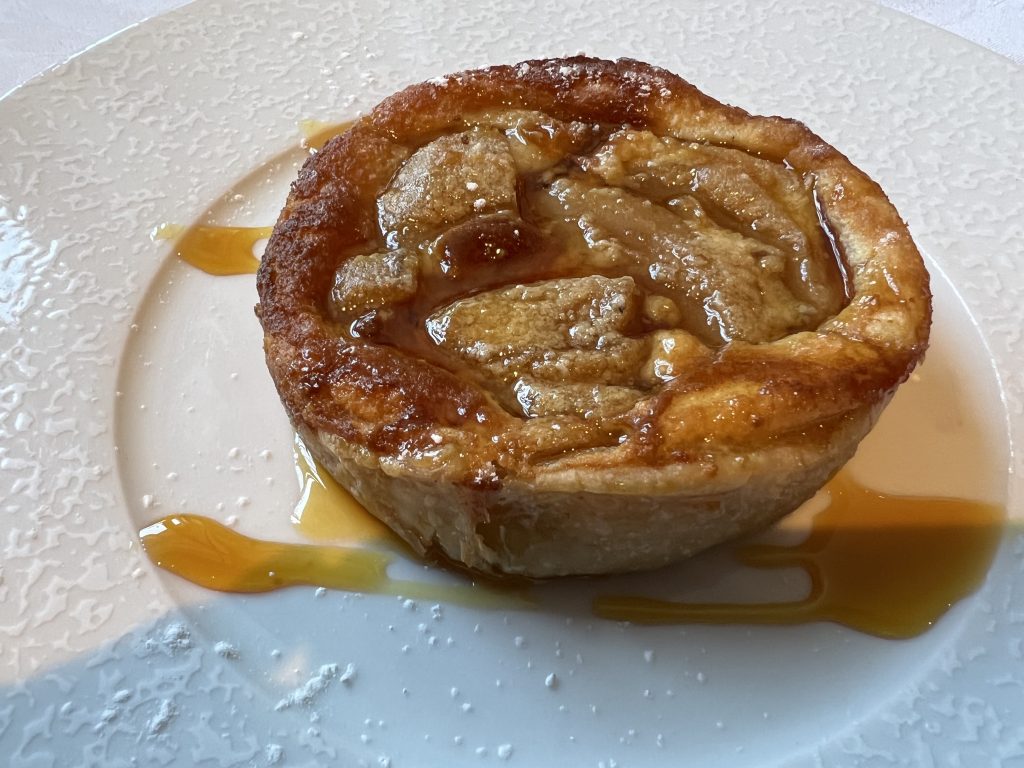
It’s a good thing we ate first. We now had a long climb ahead of us.
We began at the Château de Dormans – which is really the tourist office. Albeit a gorgeous one.
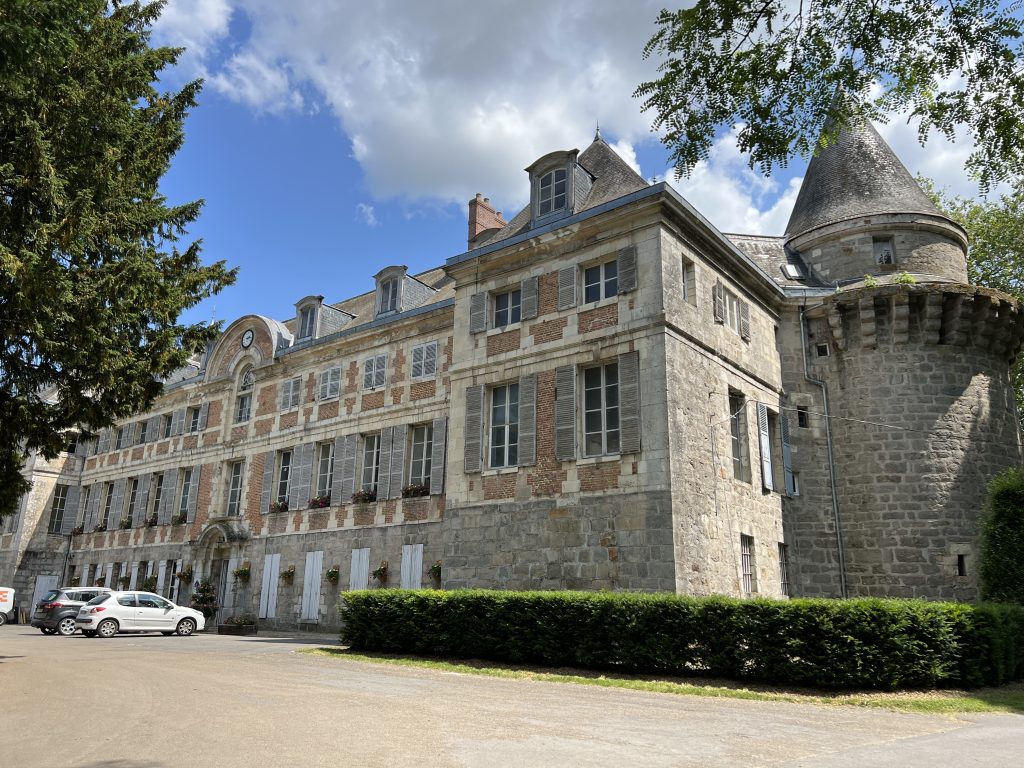
But what we came (climbed) to see was the war memorial. It honours soldiers who died fighting in the two ‘Battles of the Marne’ between 1914 and 1918.
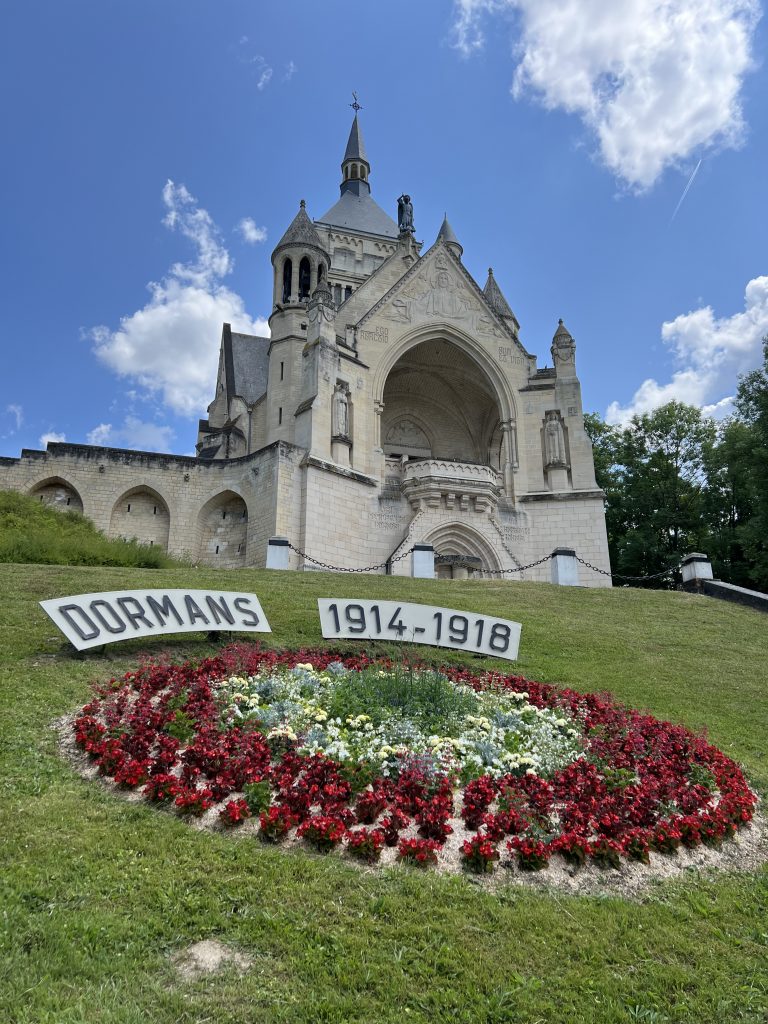
The remains of 1,332 soldiers are entombed inside.
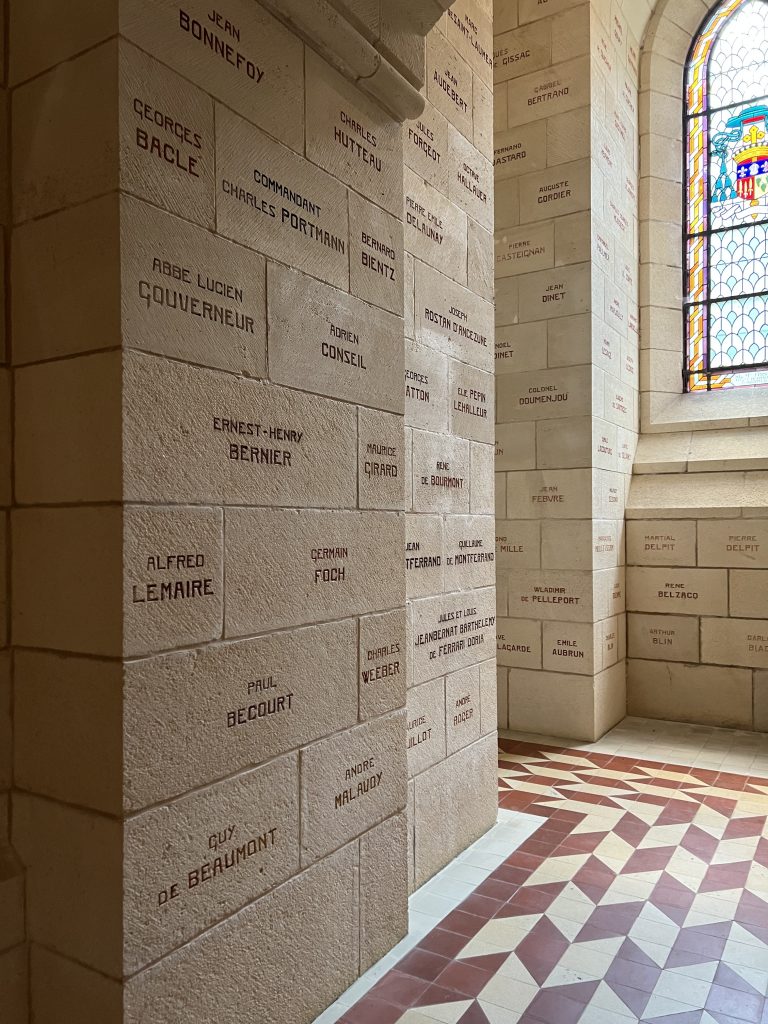
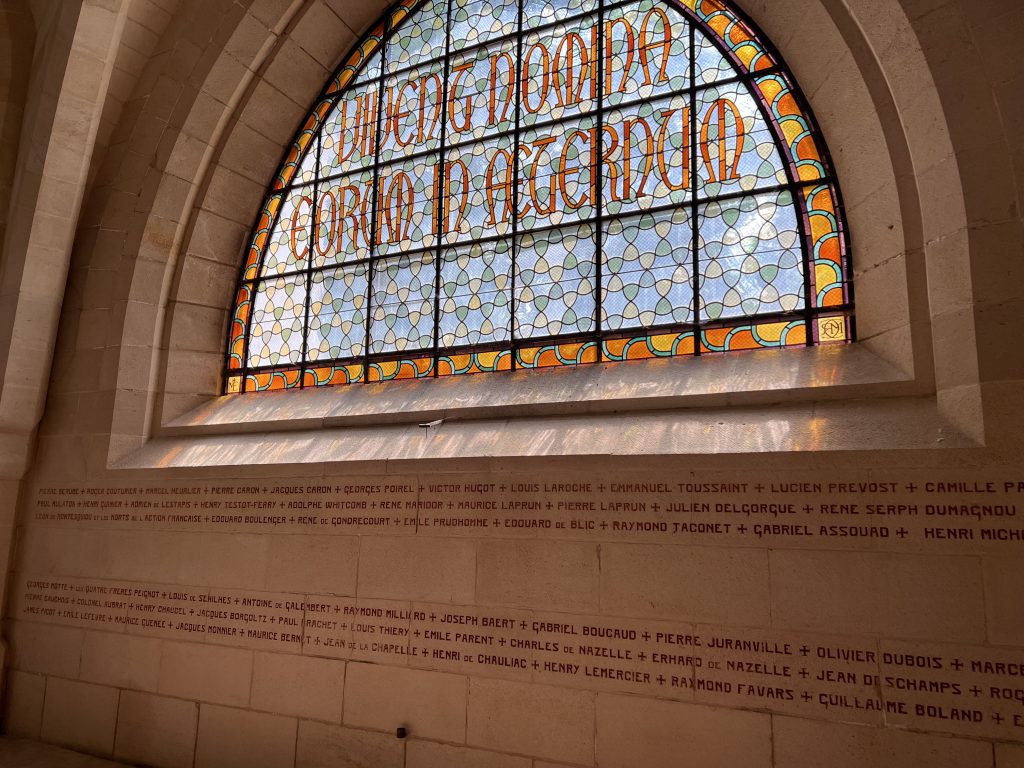
Names of the dead are everywhere. It was a moving experience – and a reminder of the horrors of war.

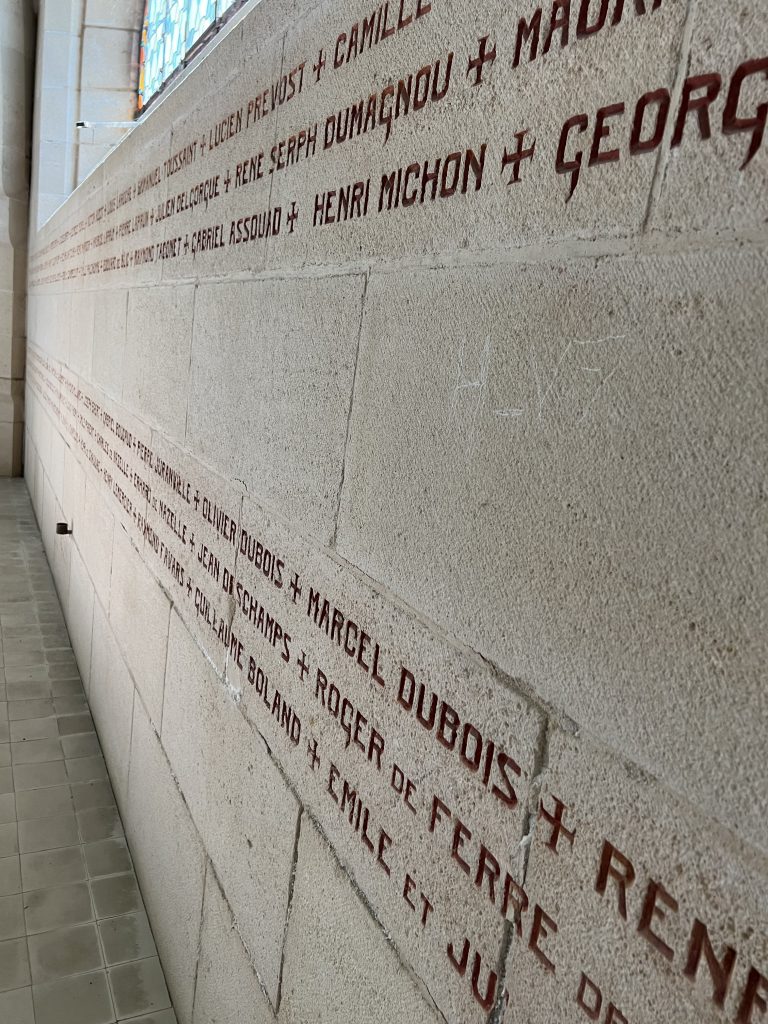
Dormans was hit hard by “The War to End All Wars.” If only that had turned out to be true.
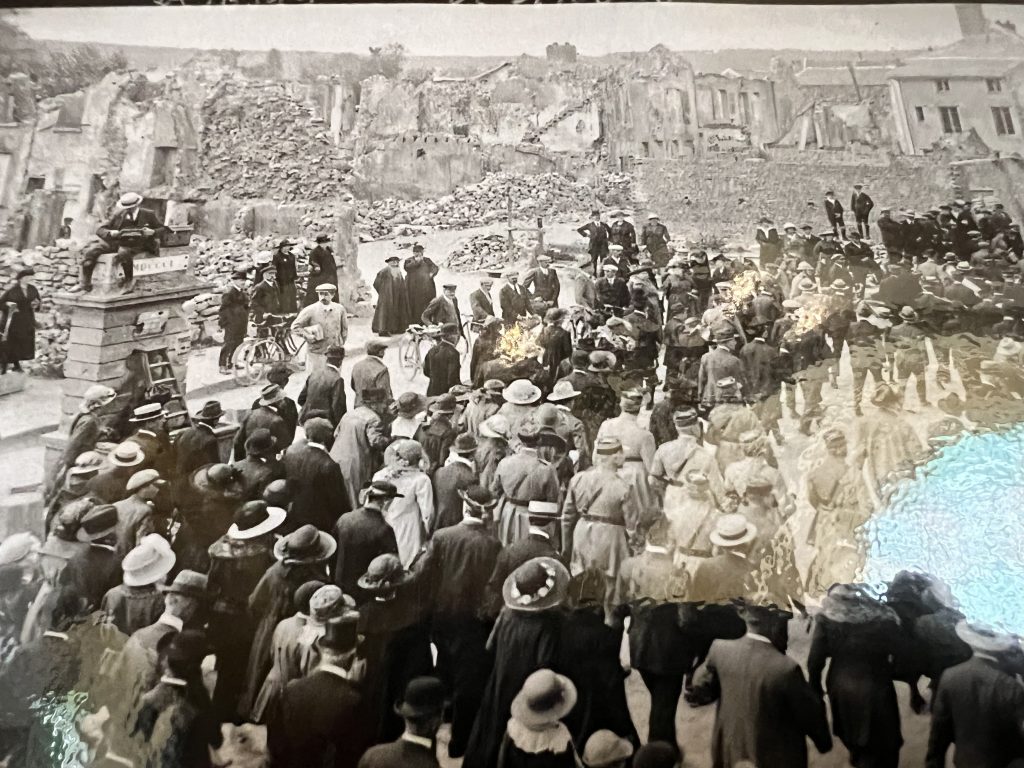
Four columns in the War Memorial represent the four major invasions of France – by the Huns in 451, the Arabs in 732, England in 1429, and Germany during the First World War. Of course, it happened again when Germany invaded and occupied France during the Second World War – but this memorial was built before then.
